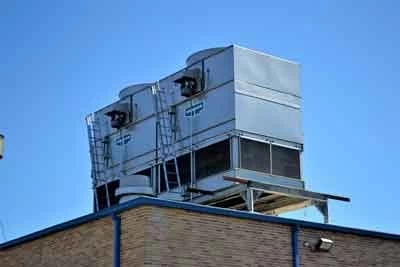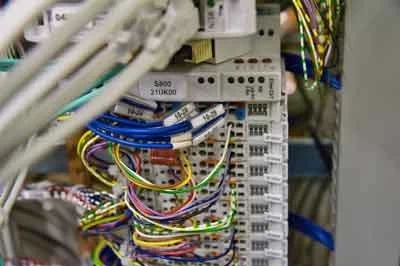Balancing Investment vs. Savings in BAS for HVAC Systems

Building automation systems (BAS) offer the tantalizing promise of streamlined HVAC operations, increased energy efficiency, and enhanced occupant comfort. However, the upfront investment involved can lead to hesitation among building owners and facility managers. Determining whether the long-term benefits outweigh the initial costs requires a careful examination of both financial metrics and the broader value proposition of an automated HVAC system.
Understanding the Investment
The cost of implementing a BAS for HVAC control depends on several factors. Some of these include:
Building Size and Complexity: Larger buildings with more extensive HVAC networks naturally require a higher investment in sensors, controllers, and the central management platform.
Level of Integration: Integrating the BAS with other building systems such as lighting, security, or fire alarms increases complexity and overall cost.
Age and Condition of Existing Equipment: Retrofitting older HVAC systems with the necessary sensors and actuators for automation compatibility can be more expensive than a new building where automation is considered upfront.
Customization and Advanced Features: The degree of custom programming, analytics, and reporting desired will impact the overall price.
Payback Period and Long-Term Savings
The most quantifiable advantage of a BAS is its ability to reduce energy consumption. Through optimized equipment scheduling, temperature setback strategies, demand-based ventilation, and real-time adjustments based on occupancy, it's not uncommon to see energy savings of 15-30%. The payback period, or the time it takes for a BAS to generate enough savings to offset its initial cost, typically ranges between 2-5 years. Several factors influence this timeframe:
Local Energy Costs: Areas with higher electricity prices will experience a shorter payback period.
Incentive Programs: Many utility companies and government agencies offer rebates or tax incentives to offset the cost of energy-efficient building upgrades, including BAS implementation.
Building Type and Usage Patterns: Facilities with consistent operating hours and significant heating or cooling loads are likely to benefit more quickly from automation.
The Value Beyond Energy Savings
While energy savings are often a strong driver, it's important to understand that the value of BAS extends beyond direct cost reduction. Here are a few additional benefits:
Enhanced Occupant Comfort: With tighter temperature control and the ability to address comfort issues quickly, a BAS contributes to a more productive and pleasant indoor environment.
Reduced Maintenance Costs: Automated fault detection and preventive maintenance alerts help technicians identify problems before they become major failures, reducing unscheduled downtime and emergency repair costs.
Extended Asset Life: Optimized HVAC operation reduces wear and tear on equipment, extending the lifespan of chillers, boilers, fans, and pumps.
Data-Driven Decision Making: The detailed insights provided by a BAS regarding energy consumption patterns, equipment performance, and occupancy trends help facility managers make informed decisions about upgrades, retrofits, and future operational strategies.
Sustainability and Compliance: A BAS can aid in meeting energy efficiency standards, tracking carbon emissions, and contributing to a building's sustainability profile.
Technical Considerations and Caveats
Before investing in a BAS for HVAC control, it's important to be aware of some key technical considerations and potential pitfalls:
Cybersecurity: Networked BAS systems increase the building’s vulnerability to cyberattacks. Robust security protocols, frequent updates, and ongoing vigilance are essential.
Interoperability and Compatibility: Ensure that the chosen BAS can seamlessly integrate with any existing legacy HVAC equipment and other building systems.
Staff Training: Technicians and facility managers require adequate training to fully utilize the BAS and interpret its data effectively.
The decision to invest in a building automation system for HVAC control requires careful analysis. The potential for energy savings, increased comfort, and operational efficiency must be weighed against the initial costs. A successful implementation necessitates a clear understanding of your building's specific needs, a well-designed system, and a commitment to ongoing maintenance and system utilization. When executed properly, the transition to an automated HVAC environment can bring significant long-term value.







